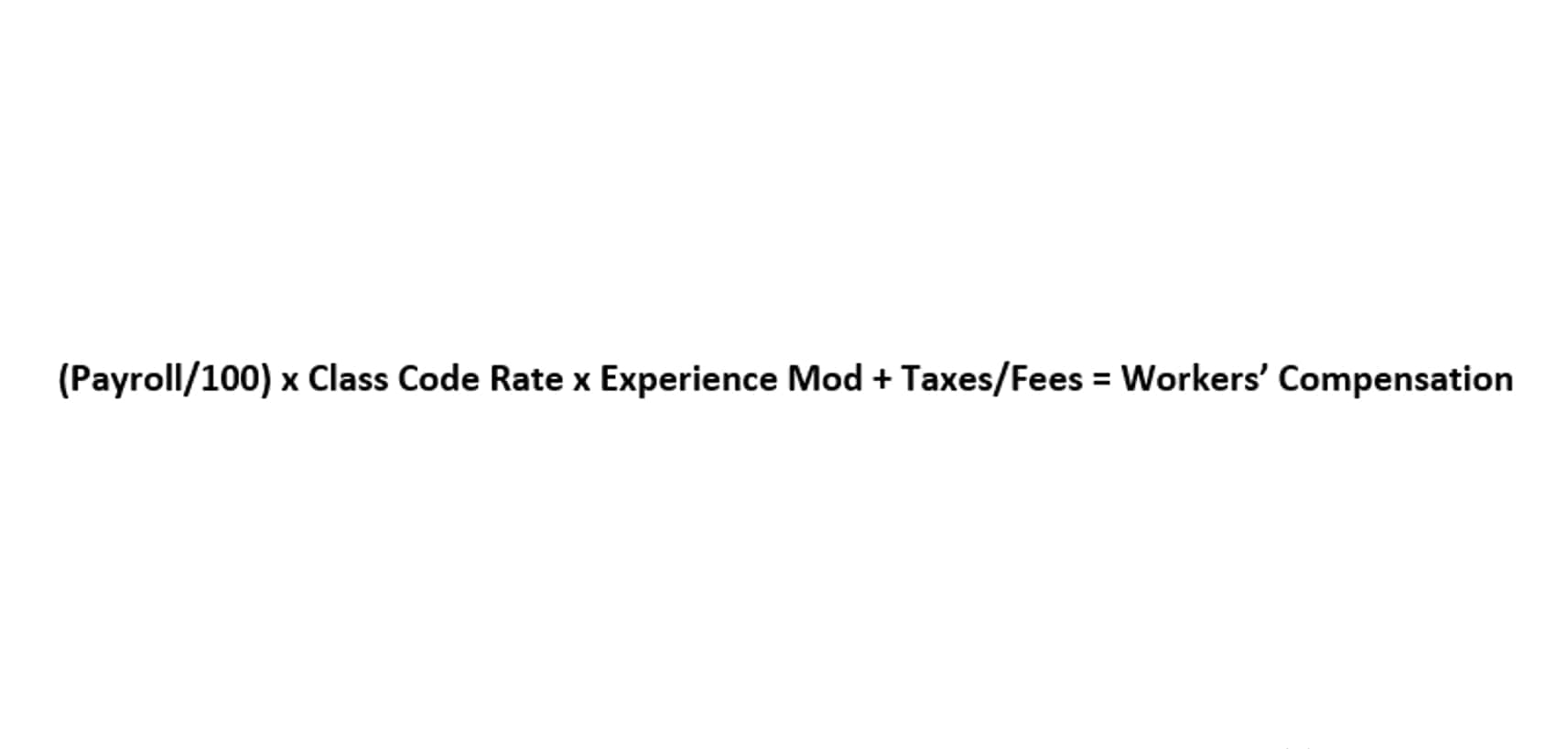.

Menu
February 6, 2023 | by orientco


Since it is the buyer who contracts for carriage, the “shipper” on the bill of lading should be the buyer, not the seller. Knowledge is powerful, and having a great business relationship with your vendors can overcome multiple barriers. The personal relationship will provide flexibility Suspense Account for difficult situations. Fortunately for this distributor the vendor had agreed to accept the goods back into inventory, even though they had no legal obligation.

FOB point is a fundamental element of international trade that delineates transportation responsibilities, cost allocation, and risk ownership between sellers and buyers. A thorough understanding of the FOB point enables businesses to manage shipping costs effectively, mitigate risks, and ensure smooth logistical operations. FOB transfers ownership at the loading point onto the carrier at the seller’s location, with the buyer taking responsibility for shipping. In CIF (Cost, Insurance, Freight), ownership transfers when the ship’s rail goods are loaded, but the seller covers main carriage costs and provides insurance until the destination port. With a CIF agreement, the seller has more responsibility, paying for the transport costs and insurance, influencing cost distribution and risk allocation.

At its core, FOB is an agreement between the seller and buyer that specifies where the responsibility for shipment and risk of loss or damage is transferred. When a seller uses FOB, they agree to deliver the goods to a specific port or location and cover the shipping costs to get the goods onto the vessel. Once the goods have been loaded onto the vessel, the responsibility for the shipment transfers to the buyer, who then bears the risk of loss or damage for the duration of the voyage. FOB designates ownership transfer when goods are loaded on the carrier at the seller’s location, with the buyer taking responsibility for the shipping.

In addition, buyers have more control over the shipping process, which allows them to manage logistics and mitigate issues more effectively. Recording transactions under different FOB terms, such as FOB Origin and Destination, follow distinct processes. Under FOB Origin, ownership transfers when goods leave the seller’s facility, while under FOB Destination, it transfers upon delivery to the buyer. With FOB Destination, sellers maintain shipping point control over goods until they are delivered to the agreed-upon destination. Any issues or damages during transit fall under their jurisdiction, emphasizing the importance of secure packaging and reliable carriers for safe delivery.

Documenting ownership transfer would become smooth and clear and indicate legal liability, too. The buyer provides the delivery note or receipt acknowledging that the goods have been received without any form of damage. According to the FOB agreement, the buyer pays for the goods, shipping, and other additional charges. Detailed information in the contract decreases the possibility of legal cases in international trade.
FOB (Free on Board) is an international shipping term defined under Incoterms. It outlines that the seller’s responsibilities include preparing the goods, clearing customs, and loading them onto the buyer’s designated vessel at the specified port of shipment. Once the goods are on board, the risk of loss or damage transfers to the buyer, who is then responsible for all subsequent shipping costs, insurance, and handling. This term provides a clear division of costs and risks between the buyer and seller, facilitating smoother trade agreements. The term ‘fob origin’ dictates that the buyer assumes responsibility for the goods as soon as they are loaded onto the carrier at the point of origin, impacting shipping costs, risks, and the logistics process. FOB transfers ownership, with transport cost and insurance responsibilities, at loading on the carrier at the seller’s location, with the buyer taking control.
That’s why it’s worth knowing what you’re agreeing to before you sign the dotted line. If something happens mid-transit — such as damage, loss, or theft — that’s on the buyer. Without solid insurance, you could be staring at a total loss with no recourse. Let’s discuss the risks of FOB shipping and how to avoid paying for someone else’s mistake.
The buyers must handle all of the claims and damages, assuming all related costs. The agreed-upon FOB settles any legal or communication concerns with regards to possession and liability. The shipper will generally register a sale as soon as cargo leaves its shipping pier, irrespective of the delivery conditions.
The advantage for the buyer when purchasing under FOB Incoterms is they have the most control over the logistics and shipping costs, which allow them to choose their shipping methods. FOB destination point refers to a product sold to a customer after it arrives at the buyer’s destination. In contrast to the FOB shipping point, the seller may bear the risk of loss and responsibility for transportation expenses while the goods are in transit. These provisions outline the point when responsibility for risk of loss shifts to the buyer, who covers the freight charges, delivery location and time, and the payment terms for the shipments. A common mistake is to use FOB (Free on Board) Incoterms® for containerised goods instead of using a rule for all transport modes.
FOB in global trade does not inherently include insurance coverage for the goods transported. While FOB outlines the transfer of ownership and responsibility, it is crucial to note that insurance is not automatically provided. Specifying insurance paid separately on freight invoice is essential to safeguard against potential risks, damages, or losses when transporting goods. This acronym is important to know because it defines specific responsibilities between buyers and sellers in a shipping agreement. By knowing the ins and outs of FOB, you can ensure that every party involved in the shipment fixed assets clearly understands their roles, rights, and responsibilities, making the shipping process smoother and more efficient.
View all